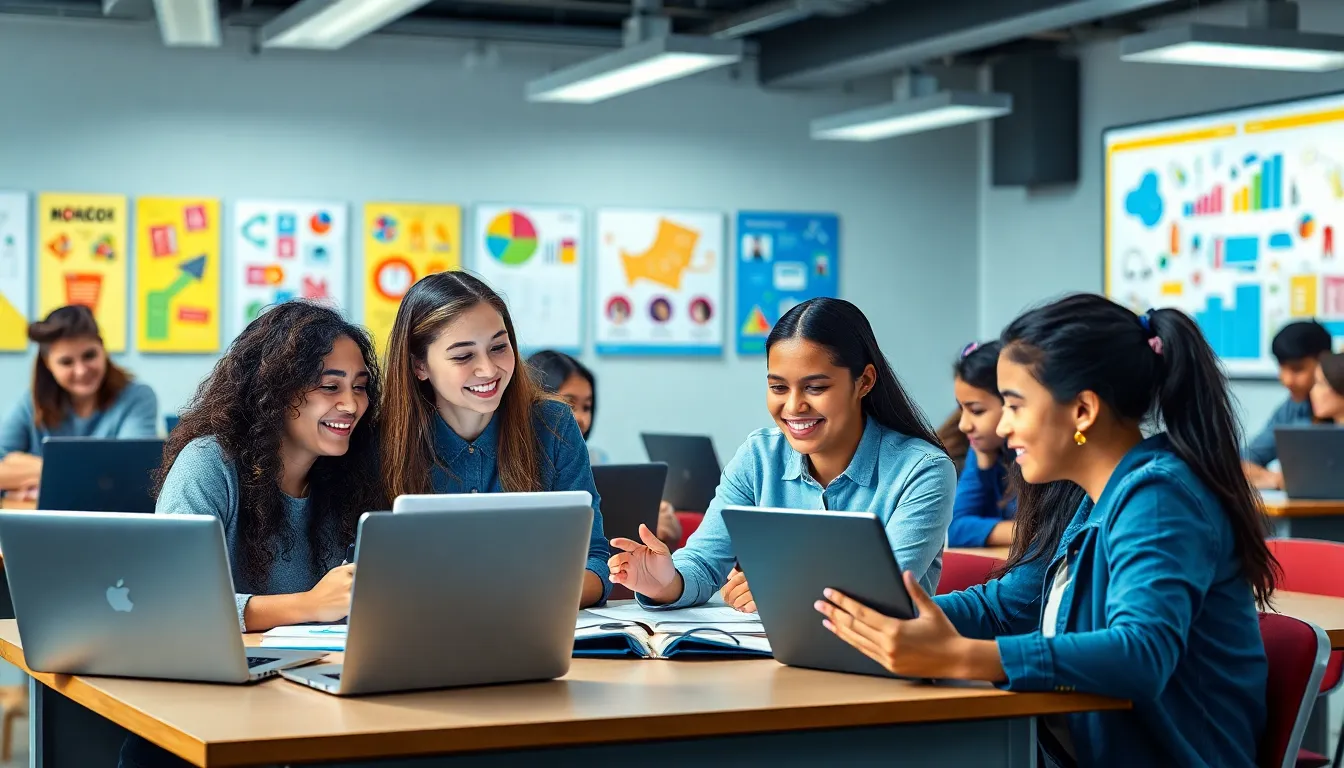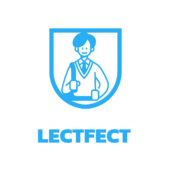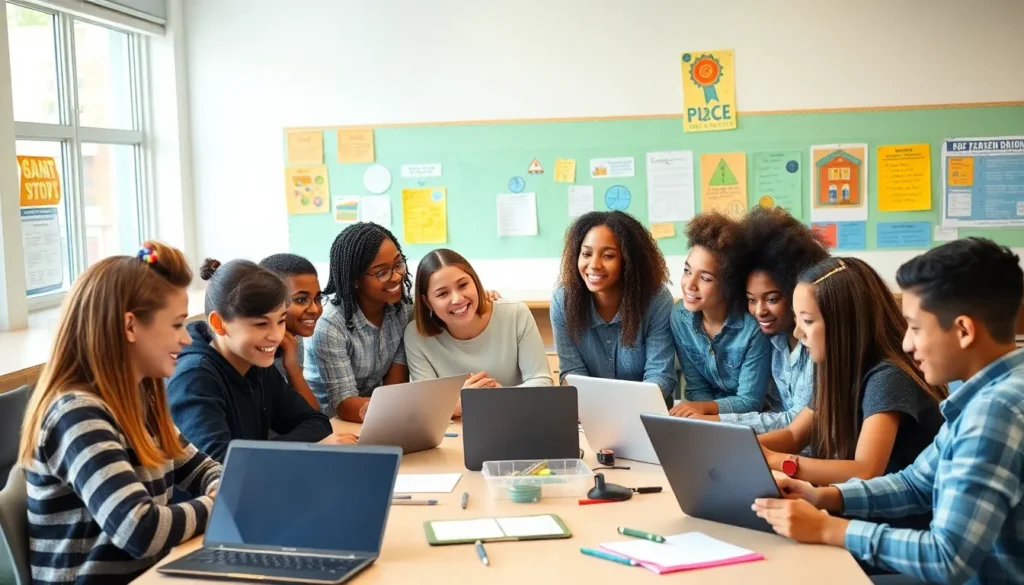In today’s fast-paced world, students are no longer just carrying textbooks and notebooks; they’re armed with powerful educational technology tools that can transform their learning experience. Imagine a classroom where students can collaborate in real-time, access a universe of information, and even get instant feedback—all from the comfort of their favorite beanbag chair. Sounds like a dream, right? Well, it’s not just a fantasy; it’s the reality of modern education.
Educational Technology Tools for Students
Numerous educational technology tools exist that enhance student learning experiences. Learning management systems, such as Google Classroom and Moodle, streamline coursework, enabling easy access to assignments and resources. Interactive applications like Kahoot! and Quizlet engage students through gamified learning.
Collaboration tools, including Microsoft Teams and Slack, facilitate group work, allowing students to communicate and share resources effectively. Video conferencing platforms such as Zoom and Google Meet provide opportunities for virtual classrooms, connecting students and teachers in real-time.
Additionally, digital note-taking tools like Evernote and OneNote help students organize their notes efficiently, promoting better study habits. Adaptive learning platforms, including Khan Academy and IXL, tailor educational content based on individual student progress, supporting diverse learning needs.
Another essential category is assessment tools, which enable educators to track student progress and provide timely feedback. Tools such as Formative and Socrative offer real-time assessments, allowing instant evaluation of student understanding.
The integration of augmented reality (AR) and virtual reality (VR) tools, like Nearpod and Google Expeditions, transforms traditional learning environments, providing immersive experiences that enhance comprehension.
These educational technology tools empower students by fostering a more engaging and personalized learning journey. Each tool plays a significant role in modern education, unlocking new possibilities for collaboration and knowledge acquisition.
Types of Educational Technology Tools

Numerous educational technology tools support student learning in various ways. These tools enhance engagement, collaboration, and accessibility while catering to different learning styles.
Learning Management Systems (LMS)
Learning management systems serve as centralized platforms for managing educational courses. Google Classroom enables educators to assign work, track progress, and facilitate communication. Moodle offers flexible course design, supporting a range of instructional strategies. These systems streamline administrative tasks while providing students with a user-friendly interface for accessing materials. Features such as grades, announcements, and assignments make LMS essential in modern classrooms. Educators benefit from analytics that track student performance and engagement, allowing for timely interventions.
Interactive Learning Tools
Interactive learning tools enhance engagement through gamification and collaborative activities. Kahoot! promotes active participation by allowing students to answer questions in a fun, competitive format. Quizlet encourages students to study through flashcards and games, reinforcing learning in an enjoyable way. Other tools like Nearpod offer guided lessons with interactive quizzes and polls, keeping students focused. Engaging with technology in this manner makes learning more dynamic and memorable. These tools also provide immediate feedback, supporting continuous improvement in student understanding.
Benefits of Using Educational Technology Tools
Educational technology tools provide numerous advantages for students, significantly enhancing the learning experience.
Enhanced Engagement
Students engage more deeply with learning materials through interactive tools. Gamified platforms like Kahoot! and Quizlet capture attention, making lessons enjoyable. Participation increases as learners respond to quizzes and play educational games. Increased interaction fosters excitement, encouraging students to join discussions and collaborate with peers. Teachers observe higher retention rates when students find lessons engaging. Ultimately, these tools create an environment where learning is both fun and effective.
Personalized Learning Experiences
Adaptable learning platforms cater to individual student needs and preferences. Tools like Khan Academy allow learners to progress at their own pace, accommodating diverse learning styles. With features like customized assessments and targeted recommendations, students receive tailored feedback. These personalized approaches not only support varied abilities but also enhance motivation. Additionally, students gain confidence as they master content suited to their unique learning journeys. Providing a personalized learning path encourages students to take ownership of their education.
Challenges in Implementing Educational Technology
Implementing educational technology presents several challenges that can impact the effectiveness of learning.
Access and Equity Issues
Access to technology varies significantly among students. Many students lack reliable internet connections or access to devices, creating equity issues that affect learning opportunities. Schools in affluent areas often have better resources, while underfunded institutions struggle to provide essential tools. The digital divide creates diverse learning outcomes. Additionally, socioeconomic factors can limit students’ ability to engage fully with educational technology. Bridging this gap requires schools to implement solutions that ensure all students have equal access to technology. Initiatives like providing loaned devices or establishing community internet access points can help.
Training and Support Needs
Training for educators is essential when adopting new technology. Many teachers need adequate support to integrate educational tools effectively into their lesson plans. Professional development programs can equip educators with the necessary skills. Continuous training opportunities should also be available, allowing for ongoing learning in a rapidly evolving tech landscape. Furthermore, providing technical support ensures that educators can troubleshoot effectively. When teachers feel confident using technology, they can better facilitate student learning. Schools should allocate resources for comprehensive training and support to maximize technology benefits in the classroom.
Future Trends in Educational Technology
Emerging trends in educational technology shape future learning experiences for students. Significant advancements will likely center on artificial intelligence and gamification.
Artificial Intelligence in Education
Artificial intelligence transforms how students learn by providing personalized and adaptive experiences. AI tools can analyze individual learning patterns, tailoring resources to address unique needs. Intelligent tutoring systems like Carnegie Learning offer real-time feedback and support, respecting each student’s pace. Predictive analytics can identify students at risk of falling behind, enabling timely interventions. Fun and interactive AI-driven platforms such as Duolingo enhance language acquisition through tailored exercises. As AI continues evolving, its role in developing customized learning pathways becomes increasingly vital.
Gamification and Game-Based Learning
Gamification encourages student engagement through game-like elements in educational settings. Reward systems, badges, and leaderboards make learning activities more enjoyable and interactive. Tools like Kahoot! foster competition while reinforcing knowledge through quizzes in entertaining formats. Game-based learning also becomes prevalent, allowing students to explore concepts in immersive environments. Programs such as Minecraft: Education Edition facilitate collaboration and creativity among peers. Research shows that these engaging approaches not only increase retention rates but also motivate students to take part in their learning journeys.
Conclusion
The landscape of education is rapidly changing thanks to innovative technology tools that enhance student learning. These resources not only make learning more engaging but also cater to diverse needs and learning styles. By integrating tools that promote collaboration and personalized experiences, students can thrive in a supportive environment.
While challenges like access and equity remain, the ongoing development of educational technology promises a brighter future. With the right support and training for educators, these tools can transform classrooms into dynamic spaces where students are empowered to take charge of their learning. Embracing these advancements ensures that students are well-equipped for success in an increasingly digital world.

